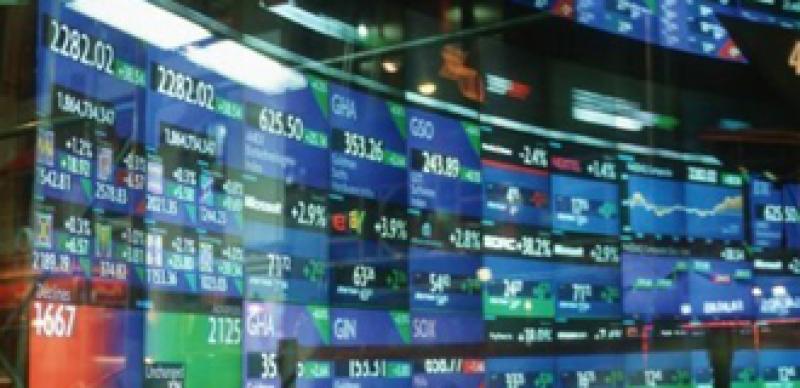
New Quant Models And Algorithms Can’t Offset Bad Human Judgment
Highly complex instruments were created at such speeds that neither regulators nor risk managers could track or even understand them. Now, technology is being touted as a means of preventing future crises.
Jeffrey Kutler
April 21, 2010


